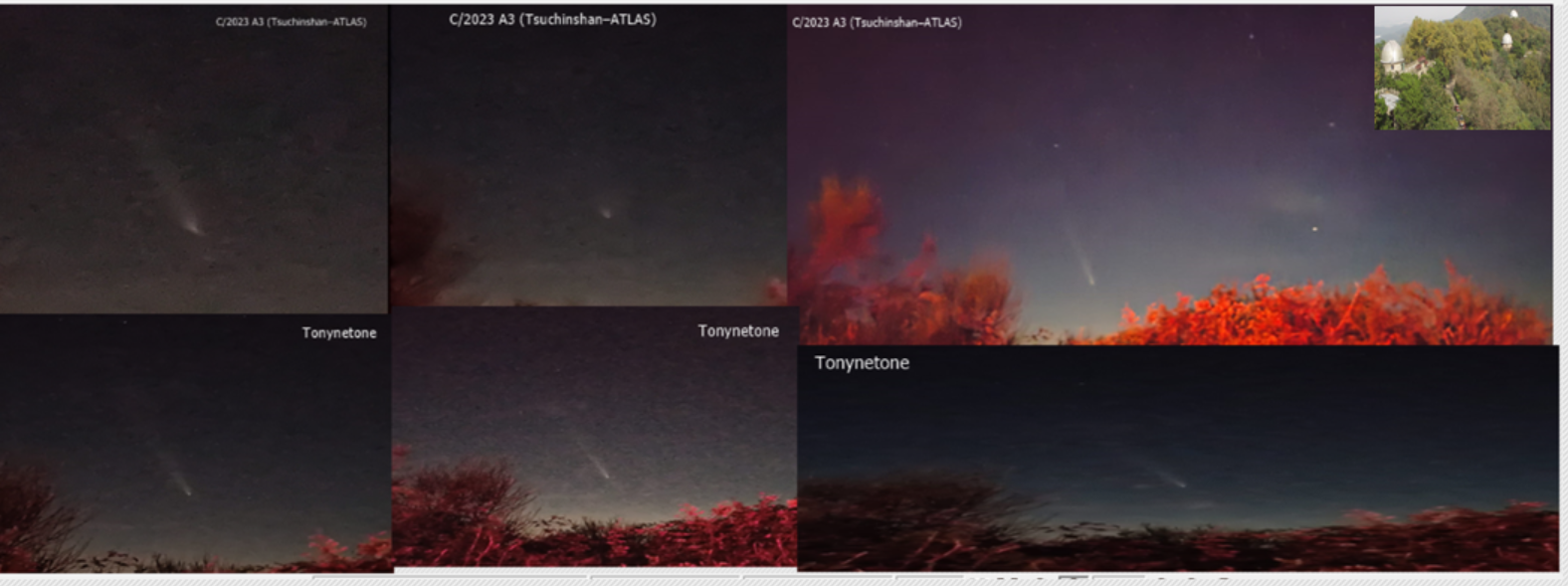Thursday, December 5, 2024
Bishop Robert Barron
Cycle C
Advent
1st wk of Advent
Bible References
Matthew 7:21,
Matthew 7:24-27
Friends, in today’s Gospel, Jesus closes his Sermon on the Mount by showing us the importance of applying his teaching: “Everyone who listens to these words of mine and acts on them will be like a wise man who built his house on rock. The rain fell, the floods came, and the winds blew and buffeted the house. But it did not collapse.”
This is the heart of it: if you are rooted in God, then you can withstand anything, precisely because you are linked to that power which is creating the cosmos. You will be blessed at the deepest place, and nothing can finally touch you.
But the one who does not take Jesus’ words to heart “will be like the fool who built his house on sand. The rain fell, the floods came, and the winds buffeted the house. And it collapsed and was completely ruined.” When the inevitable trials come, the life built on pleasure, money, power, or fame will give way.
So the question is a simple one: Where do you stand? How goes it with your heart? On what, precisely, is the whole of your life built?
Gospel Reflections
Meditate on Daily Gospel Reflections from Bishop Robert Barron
Bishop Robert Barron
Cycle C
Advent
1st wk of Advent
Bible References
Matthew 7:21,
Matthew 7:24-27
Friends, in today’s Gospel, Jesus closes his Sermon on the Mount by showing us the importance of applying his teaching: “Everyone who listens to these words of mine and acts on them will be like a wise man who built his house on rock. The rain fell, the floods came, and the winds blew and buffeted the house. But it did not collapse.”
This is the heart of it: if you are rooted in God, then you can withstand anything, precisely because you are linked to that power which is creating the cosmos. You will be blessed at the deepest place, and nothing can finally touch you.
But the one who does not take Jesus’ words to heart “will be like the fool who built his house on sand. The rain fell, the floods came, and the winds buffeted the house. And it collapsed and was completely ruined.” When the inevitable trials come, the life built on pleasure, money, power, or fame will give way.
So the question is a simple one: Where do you stand? How goes it with your heart? On what, precisely, is the whole of your life built?
Gospel Reflections
Meditate on Daily Gospel Reflections from Bishop Robert Barron
Thursday, December 5, 2024
Bishop Robert Barron
Cycle C
Advent
1st wk of Advent
Bible References
Matthew 7:21,
Matthew 7:24-27
Friends, in today’s Gospel, Jesus closes his Sermon on the Mount by showing us the importance of applying his teaching: “Everyone who listens to these words of mine and acts on them will be like a wise man who built his house on rock. The rain fell, the floods came, and the winds blew and buffeted the house. But it did not collapse.”
This is the heart of it: if you are rooted in God, then you can withstand anything, precisely because you are linked to that power which is creating the cosmos. You will be blessed at the deepest place, and nothing can finally touch you.
But the one who does not take Jesus’ words to heart “will be like the fool who built his house on sand. The rain fell, the floods came, and the winds buffeted the house. And it collapsed and was completely ruined.” When the inevitable trials come, the life built on pleasure, money, power, or fame will give way.
So the question is a simple one: Where do you stand? How goes it with your heart? On what, precisely, is the whole of your life built?
Gospel Reflections
Meditate on Daily Gospel Reflections from Bishop Robert Barron
0 Commentaires
0 Parts
565 Vue










